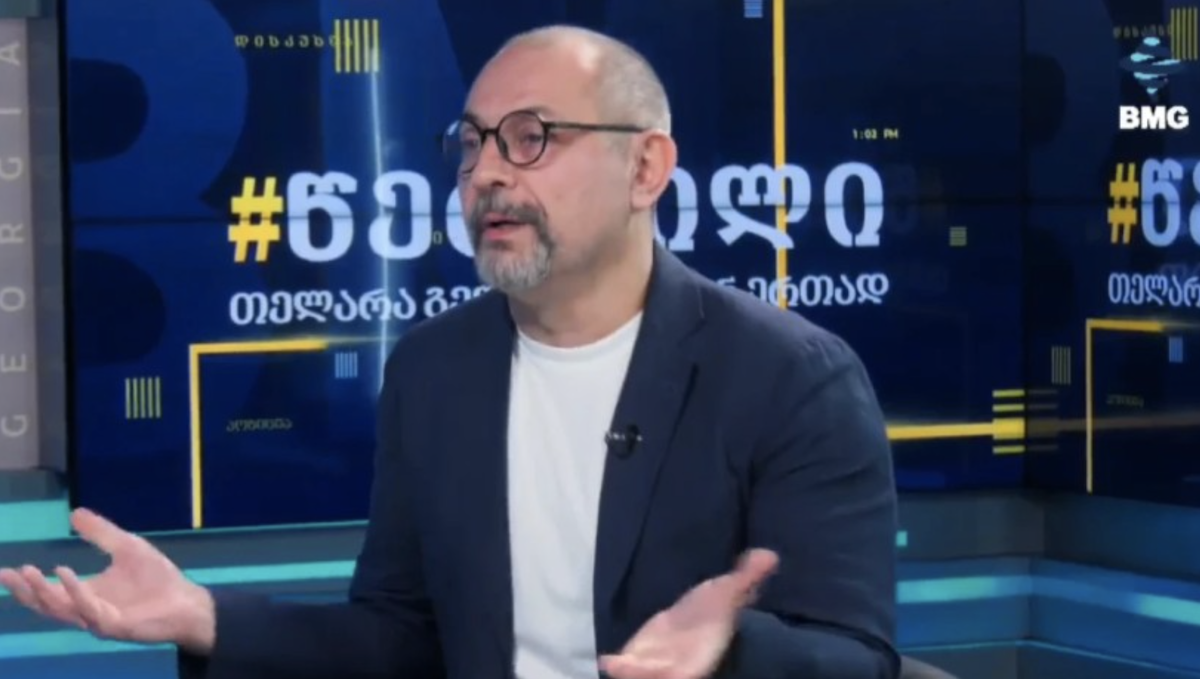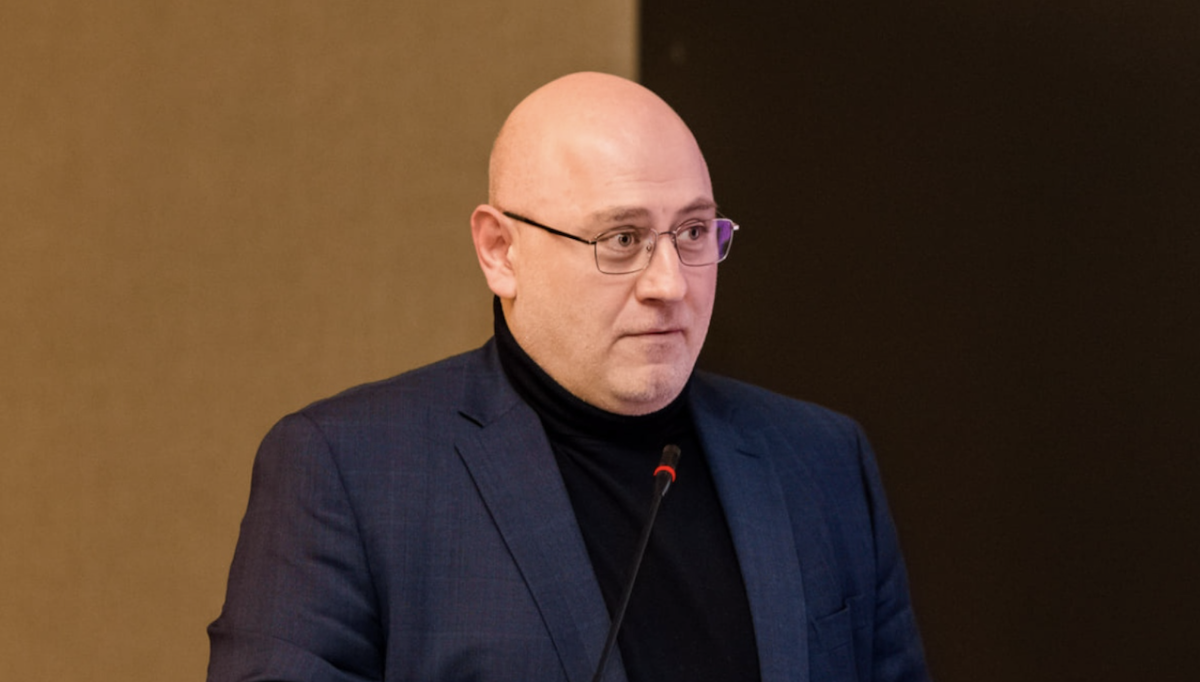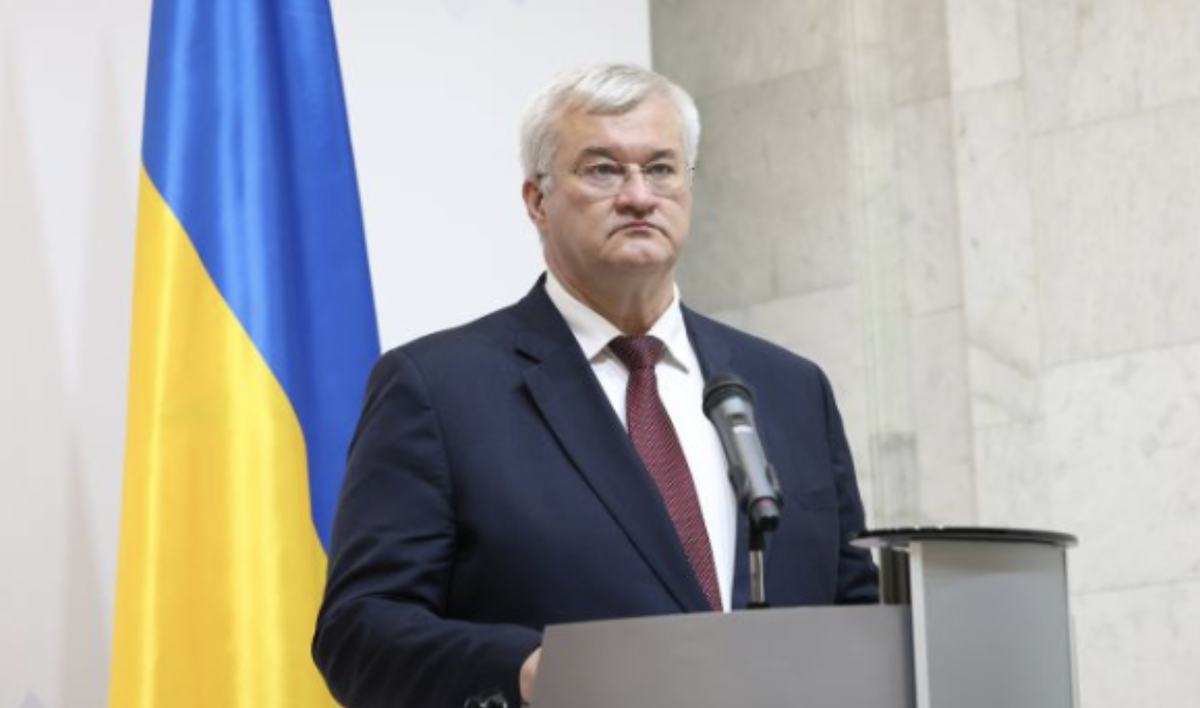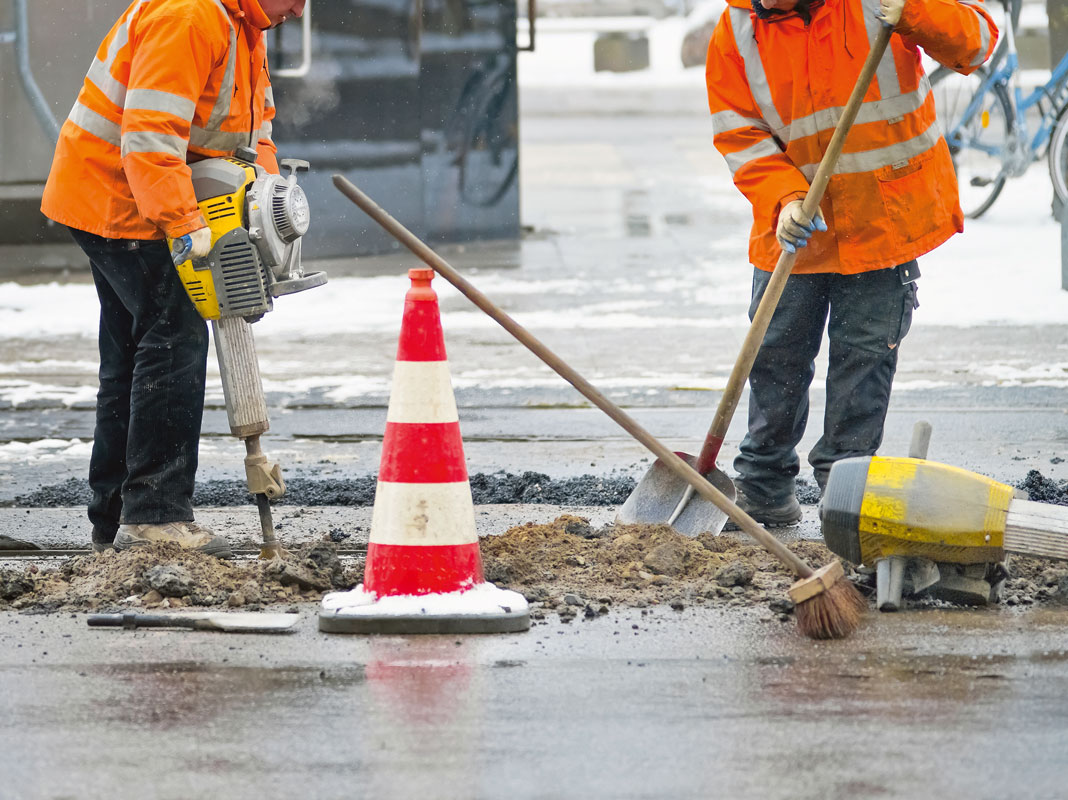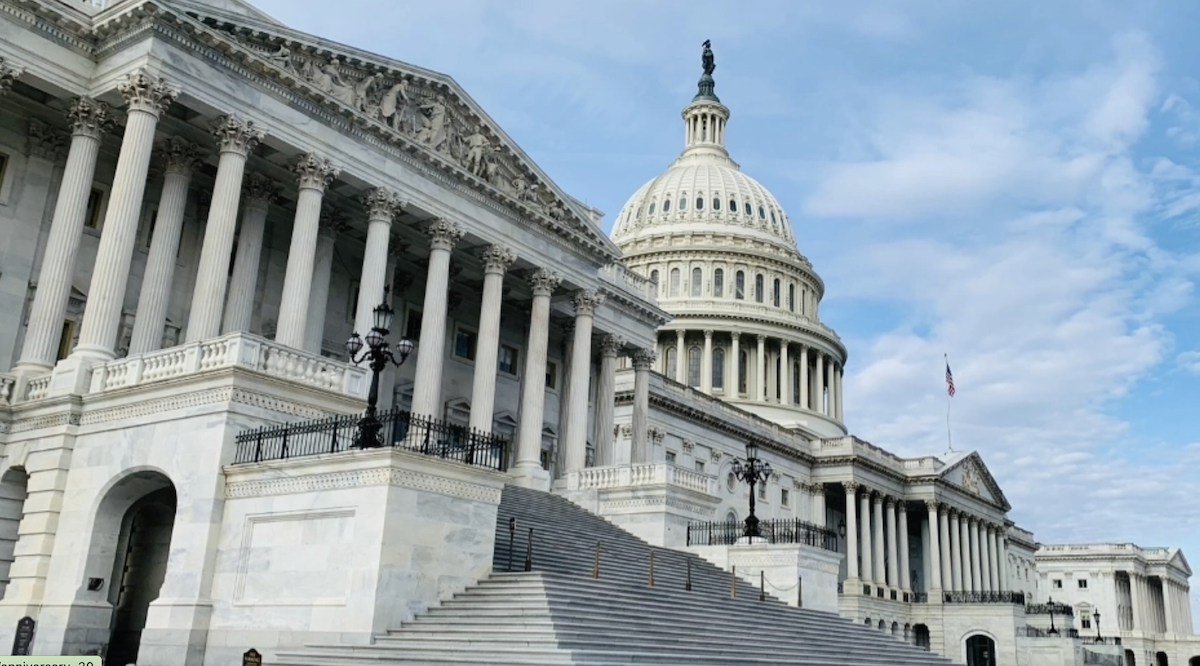Armenia relaxes state of emergency measures – even more industries permitted to go back to work
The commandant’s office for the state of emergency in Armenia has once again expanded the list of economic areas that may return to work. The restriction on the movement of vehicles between regions has been lifted.
But restrictions on the movement of people and public transport within cities and villages are still in effect.
The stringent restrictions were introduced on March 16, when a state of emergency was declared due to the coronavirus epidemic.
On April 14, the commandant’s office allowed some of the processing enterprises, builders and engineers to return to work. After that, the number of infections in Armenia increased and several areas in different regions of the country were put on lockdown.
As of April 23, the number of coronavirus cases in Armenia increased by 50, bringing the total to 1523. 659 people have recovered. Since the beginning of the epidemic, 24 patients who had secondary chronic illnesses fell victim to the virus and passed away.
More details on what restrictions will be lifted and why, where strict quarantine has been introduced, and what the Minister of Health says.
Online operas, concerts and dancing doctors – how Armenians are getting by in quarantine
Armenia: forecasts for business and the economy amid the state of emergency
Which restrictions have been lifted?
Checkpoints on roads in Armenia and restrictions on travel between regions have been lifted.
Instead, entry and exit will be restricted only in individual cities and villages where outbreaks of infection have been reported.
This announcement was made during a government meeting on April 23 by the commandant during the state of emergency, Deputy Prime Minister Tigran Avinyan.
Restrictions have also been lifted in some industries, namely: printing, stone processing, metal fabrication and machine repair. Organizations working in the real estate market have also resumed operations. Service centers for mobile and internet connection operators will soon be able to open, with some restrictions.
Ten days ago, processing industries were permitted to resume operations. The manufacture of tobacco products, cement, gypsum, lime, metal structures, and businesses that supply parts for their assembly were also resumed. Almost all construction projects were removed from the list of temporarily prohibited activities.
The commandant did not rule out the idea that soon, even more industries will be removed from this list and be permitted to resume operations.
Why are restrictions being lifted?
The decision was explained by Minister of Finance Atom Janjughazyan:
“Due to restrictions during the fight against the virus, we may see the real GDP growth fall by 2-2.4%,” he says.
The government predicts that the economy will close the year with a fall of 2 percent, and intends to borrow more than half a billion dollars in order to offset these consequences.
“Given the expected GDP, our public debt will increase to 60%, while in 2019 we had public debt of 50% of gross domestic product,” says the Minister of Finance.
Quarantine in the regions
On April 15, the day after the commandant’s office first announced that it would be relaxing some of the restrictions, information appeared about the decision to temporarily quarantine the village of Norashen in the Ararat region.
In another region of Armenia, Shirak, in a hospital in the city of Maralik, nine medical workers were reported to have been infected within the span of a day.
On April 18, the commandant issued the order to put the villages of Maralik and Dzorakap in the Shirak region on lockdown. The strict quarantine will be in effect until April 25.
In the Gegharkunik region, where there were no reported cases until April 11, there are 47 patients. Moreover, according to the governor of the region, 12 of them are hospital employees, and 9 others worked in clinics.
The city of Vardenis was declared to be the epicenter of infection in the Gegharkunik region. The commandant’s office introduced restrictions on entry and exit, in effect until April 28.
Checkpoints have been established in all areas which have been put on lockdown.
What does the Minister of Health say?
The Minister believes that although certain types of economic activity are permitted to resume, all actions to prevent the spread of coronavirus should be continued:
“There is no reason to relax and lose vigilance…As for hospital beds, we are not yet overloaded, and there are enough spaces available…We are still able to hospitalize anyone who needs it, and will place patients with mild symptoms in hotels to quarantine,” says the minister.
In total, 840 people are now receiving treatment in hospitals. 10 patients are considered to be in critical condition:
“About 230 patients have pneumonia. 5 people are on ventilators, one of them is a young man of 27 years old, but he also has a serious chronic disease. Doctors are doing everything to stabilize the situation, and there is hope that they will be able to save his life.”










